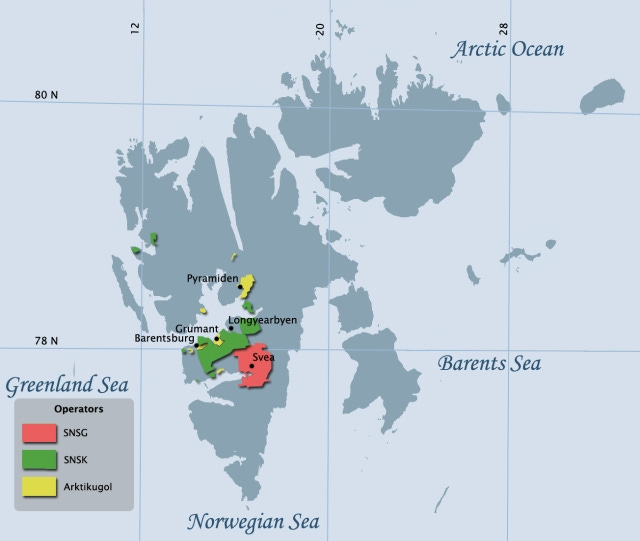"U.S. hegemony isn’t just about military power or political influence; it’s about economic power, specifically control over global capital flows through the U.S. dollar." Brent Johnson
In the farthest reaches of the Arctic, where glaciers meet the ocean, lies Svalbard—a seemingly desolate archipelago under Norwegian sovereignty, yet a geopolitical prize that few truly understand. For centuries, Svalbard has been a remote outpost, seemingly unimportant in the grand scale of international politics. However, in recent years, it has become a focal point in the larger struggle for control over the Arctic's vast resources. A story that, remarkably, has been told not through military conflict, but through strategic leverage, economic investment, and the quiet machinations of Russia—an invasion without a single shot fired.
Historically, Svalbard was one of those forgotten places—part of no nation, yet claimed by several. Discovered by the Dutch in the 1590s, it was used as a hunting ground for whales, seals, and other Arctic wildlife. But it wasn’t until the early 20th century that Svalbard became a focal point for international agreements and strategic interests. In 1920, the Svalbard Treaty granted sovereignty to Norway, but it also gave other countries certain economic rights—such as mineral extraction—without granting them territorial control.
Svalbard’s relative obscurity kept it out of the world’s spotlight for much of the 20th century. However, Svalbard’s most notable resource has long been its coal. While various other minerals and natural resources are present, it was coal that initially brought industry and international interest to the islands. The archipelago became home to coal mining operations, particularly in the early 20th century, with several countries, including Norway, Russia, and others, establishing mining communities. In fact, the Russian coal company Arktikugol continues to operate in the area, extracting coal from Svalbard's rich deposits.
As the Arctic region has grown in economic importance, this resource—coal—remains a key aspect of the island's economy. Russia, keen on securing access to the Arctic's resources, has quietly, and without fanfare, established a strong presence in the region. Svalbard's coal is just one part of this larger geopolitical game. The story of Russia's actions in the region is one of resource extraction and quiet colonization, executed without a single shot fired.
While much of the world was focused on conflicts in the Middle East, Asia, and Eastern Europe, Russia saw an opportunity in the Arctic. Through a series of calculated investments and strategic partnerships, Russia began to make its presence felt in the Arctic region, particularly around Svalbard. In the 21st century, as the economic potential of the Arctic became clear, Russia realized that Svalbard’s untapped wealth—especially its coal deposits—was too valuable to ignore.
But Russia didn’t take a traditional route. No tanks, no bombs, no conventional war. Instead, Russia’s strategy was far subtler. It began by leveraging its economic influence, striking deals with Norwegian authorities, and increasing its presence through various infrastructure projects, such as the construction of shipping ports and research facilities. Russia also used its energy giants, like Gazprom, to establish a foothold in the region by quietly extracting resources from areas that were traditionally considered neutral zones under international law. This wasn’t an invasion in the traditional sense—it was an economic colonization. By the time the world realized what was happening, Russia had effectively established itself as the dominant power in the Arctic.
Keep reading with a 7-day free trial
Subscribe to The Monetary Skeptic to keep reading this post and get 7 days of free access to the full post archives.





